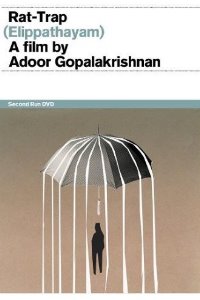![]()
![]()

![]()
![]()
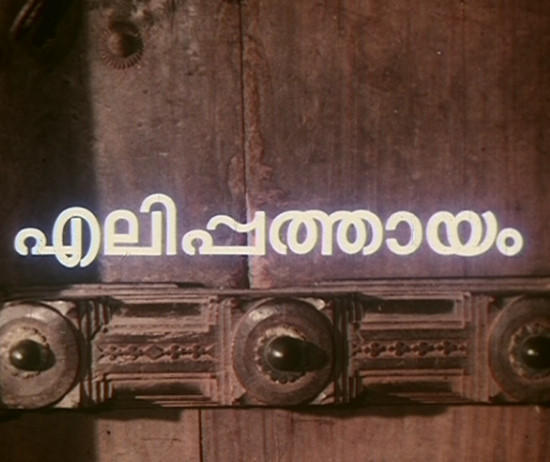
(aka 'Rat-Trap' or 'Elippathayam')
Directed by
Adoor Gopalakrishnan
india 19
| Arguably the
true heir to Satyajit Ray, Adoor Gopalakrishnan is regarded as
one of India’s most outstanding filmmakers and Rat-Trap was the
first film to bring him widespread international acclaim. Remarkable for its focus on characterization and detail, Rat-Trap is set in rural Kerala. Its story concerns Unni, the last male-heir of a feudal and decaying joint family. His inability to accept the socio-economic changes of a new society result in his gradual withdrawal into a metaphorical rat-trap sprung from his own isolation and paranoia. The decline is vividly told, with colour and music used as a striking and significant constituent of the film’s thematic development. Excerpt from the Second Run website located HERE *** A middle-aged rural landowner, who has never had to do a thing for himself, loses the female relatives who wait on him, one after another, and watches helplessly as his estate, already ravaged by thefts and mismanagement, falls into decay. Not a fresh subject, but the treatment is extraordinary: using rats as his governing metaphor, Gopalakrishnan constructs his film like a cinematic rondo, making every composition and every camera movement count. |
Theatrical Release: March 27th, 1984
Reviews More Reviews DVD Reviews
DVD Review: Second Run - Region 0 - PAL
| DVD Box Cover |
|
CLICK to order from:
|
| Distribution | Second Run DVD - Region 0 - PAL | |
| Runtime | 1:55:48 (4% PAL Speedup) | |
| Video | 1.33:1
Aspect Ratio Average Bitrate: 5.35 mb/s PAL 720x576 25.00 f/s |
|
|
NOTE: The Vertical axis represents the bits transferred per second. The Horizontal is the time in minutes. |
||
| Bitrate: |
|
|
| Audio | Malayalam (Dolby Digital 2.0) | |
| Subtitles | English, None | |
| Features |
Release Information: Edition Details:
• Interview with director Adoor Gopalakrishnan. |
|
| Comments: |
Cited on the box as stating 'New digital transfer with restored image and sound, approved by the director', one might imagine that this film was not kept in the best storage condition over the past 25 years. There are many light vertical scratches (one or two very noticeable in the center for much of the first half) - certainly more than would expect for such a young film. But overall the image is quite compelling with strong colors, contrast and detail. Noise is minimal even considering the many dark sequences. The source would obviously be imperfect but with the director's involvement, and some digital restoration, I'll wager this is the best it could look on SD. There is some very minor edge enhancements but these are insignificant enough to be acceptable. Overall the image, with its inherent weaknesses, supports the film very adequately. The DVD is dual-layered, progressive and in the original 1.33:1 aspect ratio.
The flat 2.0 channel audio is fairly consistent although does have some weaknesses once again due to the source. There are excellent optional English subtitles supporting the Malayalam audio. Supplements include a revealing 21 minute interview with the director - worth seeing! There is also a very good 12-page liner notes booklet featuring a new essay by film historian and author Lalit Mohan Joshi. This is very reflective cinema with poignant symbolism and deep speculative moments (minimal dialogue) that makes it extremely worthwhile viewing, in my opinion, and on that note we highly recommend this DVD! This is grand cinema that I am very grateful to have seen and enjoyed so very much. Second Run exposes another hidden gem! I might say closer to Mrinal Sen than Ray but thank you and... Wow. |
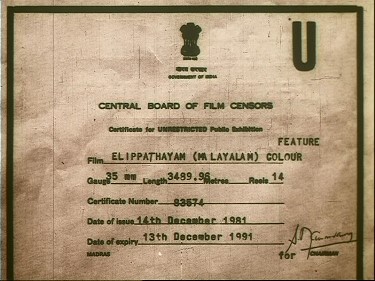 |
DVD Menus
 |
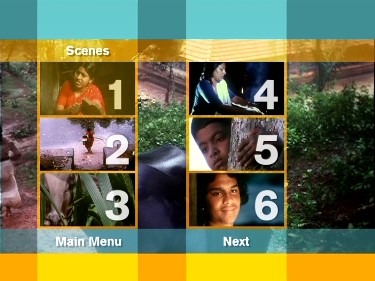 |
|
|
 |
Subtitle Sample
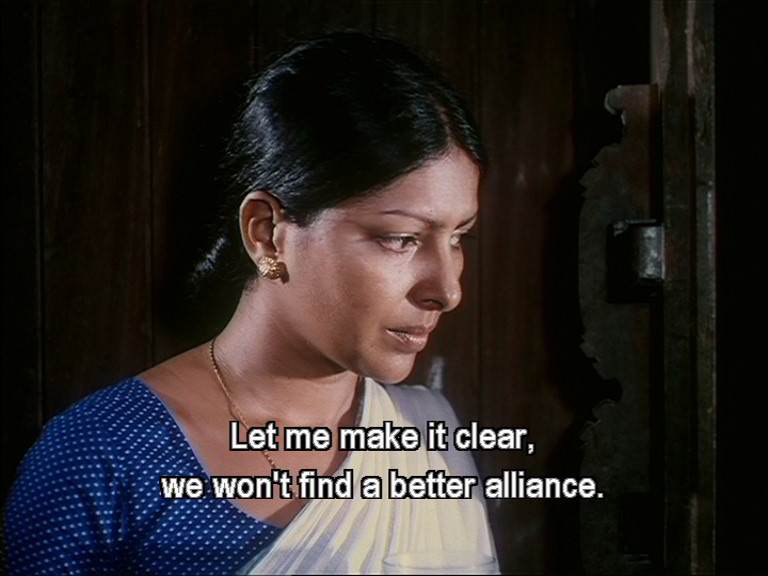 |
Screen Captures
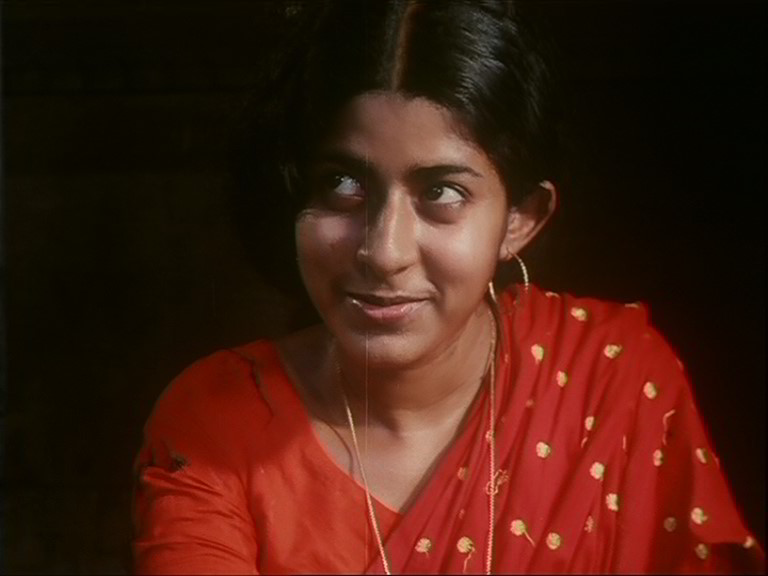 |
 |
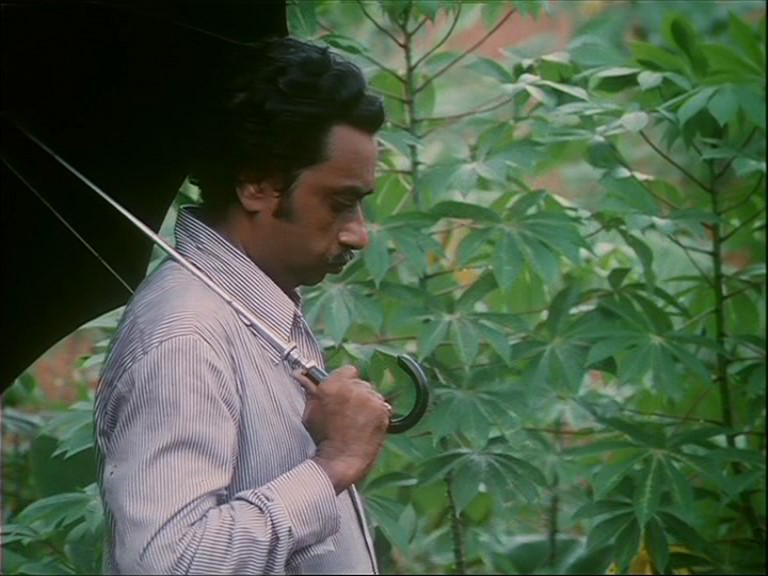 |
 |

